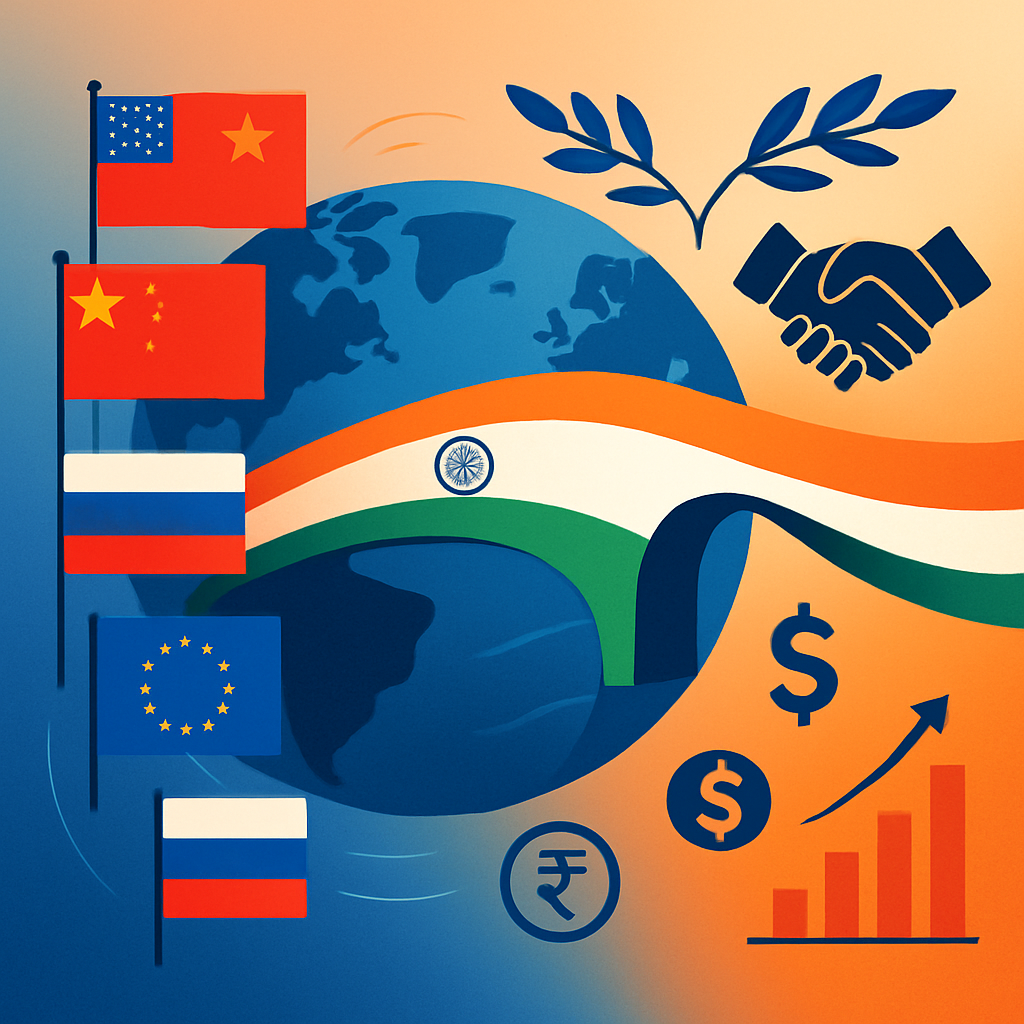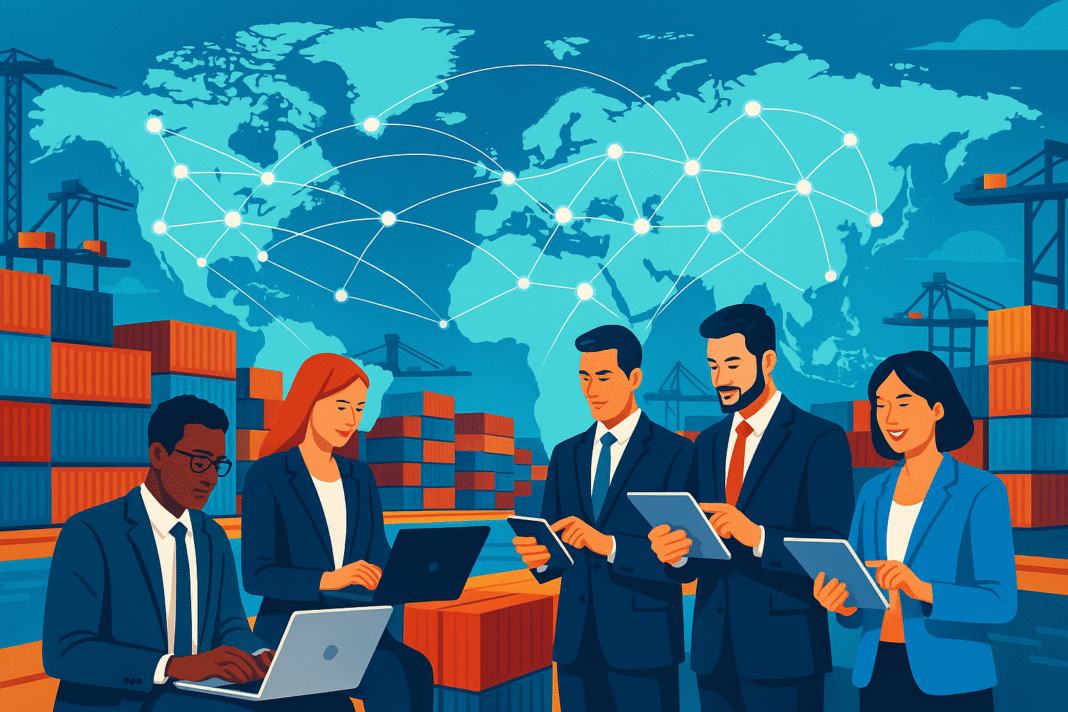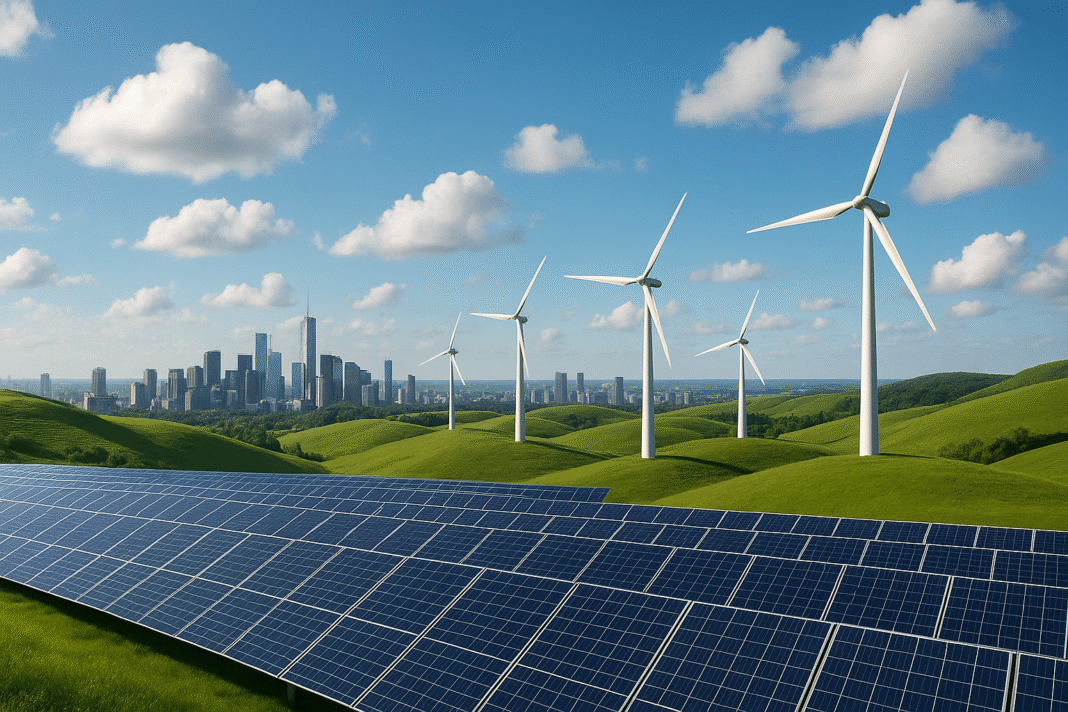The world stands at a fascinating crossroads. Gone are the days when global power was concentrated in the hands of a few Western nations. Today, we’re witnessing the emergence of a multipolar world order—one where influence is distributed among several power centers. And right at the heart of this transformation sits India, not as a passive observer, but as an active architect of this new global reality.
Strategic Autonomy as India’s Compass
What makes India’s approach truly remarkable is its commitment to strategic autonomy. This isn’t just diplomatic jargon; it’s a carefully crafted policy that allows India to engage with all major powers on its own terms. Think of it as walking a tightrope with remarkable balance—maintaining deep defense ties with Russia while strengthening partnerships with the United States, engaging with China in multilateral forums despite border tensions, and all the while keeping India’s national interests at the center.
This approach has served India well. When the Ukraine conflict began, India faced enormous pressure to pick sides. Instead, it chose to abstain from UN votes while continuing to import Russian oil, which now constitutes 35-40% of India’s crude basket. Simultaneously, India deepened its cooperation with the US through initiatives like the Quad while participating in China-hosted Shanghai Cooperation Organization summits. This isn’t fence-sitting—it’s strategic wisdom in action.
From the Margins to the Center Stage
India’s journey from being a peripheral player to a central figure in global governance is perhaps best exemplified by its leadership of the G20 in 2023. Under the theme “One Earth, One Family, One Future,” India didn’t just host meetings; it fundamentally transformed the forum’s approach. The historic inclusion of the African Union as a permanent member wasn’t just symbolic—it represented India’s commitment to democratizing global decision-making and giving voice to the Global South.
What’s particularly striking is how India managed to secure a consensus declaration despite deep divisions over the Russia-Ukraine war. This diplomatic success wasn’t accidental; it reflected India’s unique ability to bridge divides and find common ground where others saw only conflict.
The BRICS Balancing Act
Within BRICS, India faces a more complex challenge. The forum, originally conceived as a counterweight to Western-dominated institutions, now grapples with internal contradictions, particularly between India and China. Yet India has masterfully navigated these tensions, using BRICS to promote South-South cooperation while ensuring the platform isn’t dominated by any single power.
India’s influence was evident in the 2023 BRICS expansion, where six countries joined the grouping. Three of these—Saudi Arabia, UAE, and Egypt—have strategic partnerships with India, suggesting New Delhi played a significant role in the selection process. This demonstrates India’s growing influence in shaping multilateral institutions.
The China Puzzle
Perhaps nowhere is India’s multipolar strategy more evident than in its relationship with China. Despite ongoing border tensions and the 2020 Ladakh standoff, both nations recently agreed on disengagement protocols and resumed routine patrolling in disputed areas. Prime Minister Modi’s recent visit to China for the Shanghai Cooperation Organization summit marked a pragmatic approach to managing this complex relationship.
This China engagement doesn’t mean abandoning other partnerships. India continues to strengthen ties with the US, Australia, and Japan through the Quad, while simultaneously participating in China and Russia-dominated forums like SCO and BRICS. This multi-directional engagement exemplifies India’s vision of a multipolar world where relationships aren’t zero-sum games.
Beyond Diplomacy: Building Capabilities
India’s multipolar strategy isn’t limited to diplomatic maneuvering. The country is systematically building indigenous capabilities through initiatives like “Make in India” and developing its defense manufacturing ecosystem. From the homegrown Tejas fighter aircraft to the indigenous aircraft carrier INS Vikrant, India is reducing its dependence on foreign suppliers while building technological sovereignty.
The space program, AI advancements, and growing defense exports—including BrahMos missiles to the Philippines—all reflect India’s commitment to becoming a technology provider rather than just a consumer. This technological self-reliance is crucial for maintaining strategic autonomy in an interconnected world.
Looking Ahead
As we move deeper into this multipolar era, India’s role is likely to become even more significant. The country isn’t just adapting to multipolarity; it’s actively shaping what this new world order will look like. By championing inclusive development, promoting South-South cooperation, and maintaining strategic flexibility, India is positioning itself as a bridge between different power centers rather than a satellite of any single one.
The emerging multipolar world offers both opportunities and challenges. For India, it represents a chance to play the role it has long sought—that of a major power with a global voice. But this comes with responsibilities. As India’s influence grows, the world will increasingly look to New Delhi not just for solutions to regional challenges, but for leadership on global issues from climate change to digital governance.
India’s multipolar journey is far from complete, but its trajectory is clear. In a world moving away from single-power dominance toward shared influence, India isn’t just finding its place—it’s helping to define what that place looks like for emerging powers everywhere.





